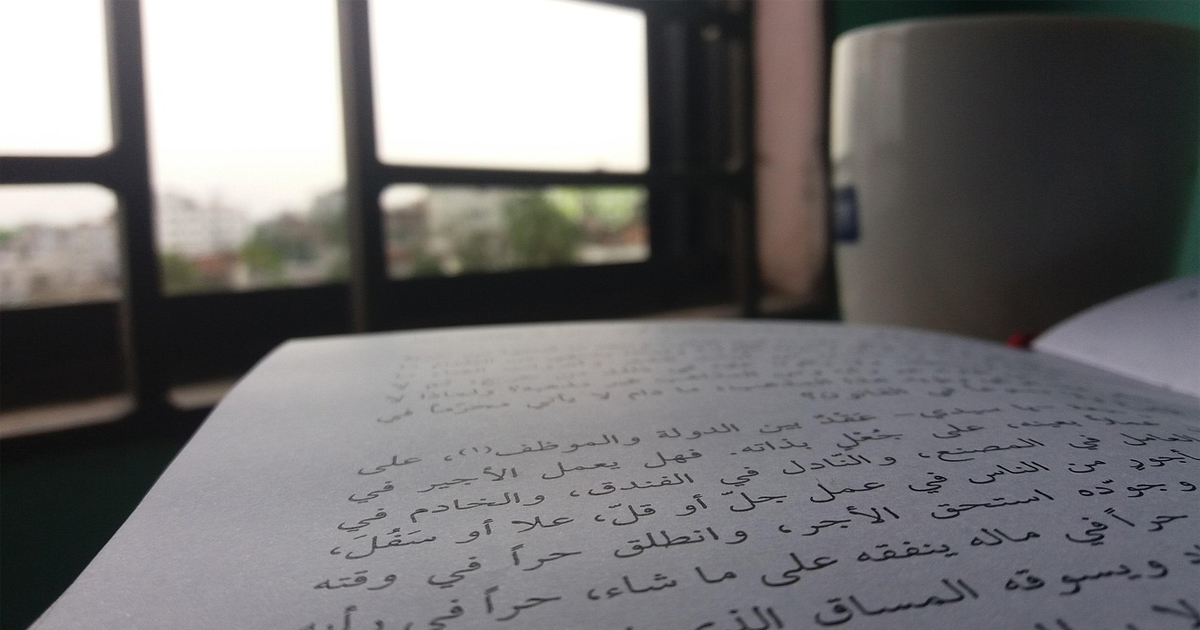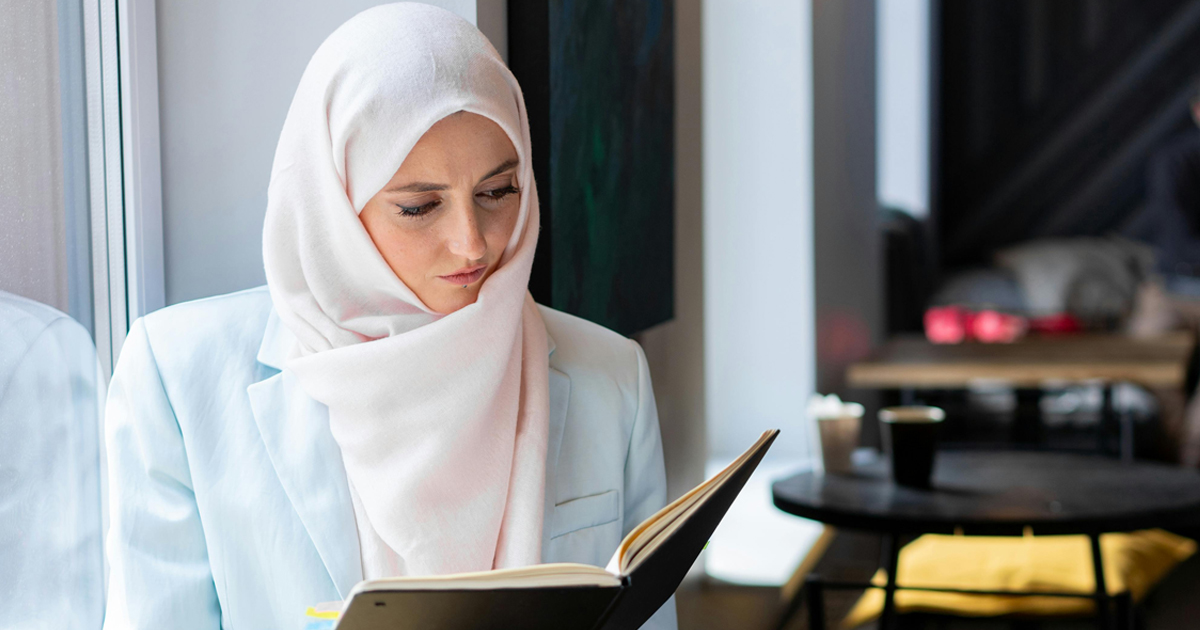Arab culture has influenced the world for centuries. At Arab Academy, we strive to make it simple to learn Arabic. Here is a list of the top five things you should know about Arab culture:
The Arab World Is Diverse
Arab Academy offers learners a view of the Arab culture through our online courses. The Arab culture covers more than 22 Middle East, Arabian Peninsula, and North African countries. These people hail from many different ethnicities and backgrounds, but their native tongue is Arabic.
This means that while most will speak or learn Arabic and practice Islam, there are many differences in how they dress or live their daily lives. For example, only men in the Gulf countries wear a traditional headscarf and white robe daily, while many men and women in Lebanon often wear Western-style clothing.
Despite their differences, Arabs are united by their shared language, history, and culture. Most share a history that traces back to the Prophet Mohammed (PBUH).
Art and Literature Are Highly Valued
Art is a mirror of a culture, and the art of the Arab culture reflects its values and how they see the world. It has a rich artistic tradition that goes back centuries. Their art forms include architecture, poetry, music, dance, and calligraphy.
The artistic traditions of Arab culture developed alongside Islam and have been dramatically influenced by its teachings. Artists often depict words or geometric patterns over animals and humans. Words from the Quran have been used to decorate mosques, manuscripts, ceramics, and tapestries. Those interested in learning more about calligraphy and the history of the Quran should check out our Islamic Arabic course, which covers Quranic Arabic and stories of the Prophets.
Islam Helped Shape Arab Culture
Islam helped spread Arab culture beyond the Arabian peninsula, making Arabic the everyday language of those regions. Religion plays a significant role in Arab law, social interactions, art, and daily life. How they dress, act, and conduct their affairs has been influenced by the teachings of Islam.
Mosques are another example of how Islam has influenced the culture. They are often central to daily life in the Arab world. Islamic Adhan (call to prayer) is recited five times daily from the mosque and can often be heard across the community.
Family Comes First
In Arab culture, the family is at the center of society, and this is true for not only Arab Muslims but also Arabs of Druze and Christian backgrounds. Families teach their children the values and traditions of their culture.
Arab families tend to be very tight-knit. It is not uncommon for multiple generations to live in the same home or within the same community. Arabs historically lived in tribal groups based on kinship. Centuries later, these family ties play a central role in daily life.
Manners Matter
What is considered proper behavior is consistent from one Arab country to the next. Most Arabs generally follow similar rules in social settings. Hosts are to be gracious to their guests, and everyone is expected to be polite and kind to each other.
Long handshakes, holding elbows, touching, and even walking hand in hand are common in Arab culture. Long conversations and traditional greetings are typical. Many of these greetings have ritual phrases and fixed answers. Those who learn Arabic at Arab Academy will know more about the cultural importance of these phrases.
Learn Arabic With Arab Academy
At Arab Academy, understanding Arab culture is just as important as learning the language. Our cultural immersion programs, business Arabic courses, and other Arabic language learning services are designed to help learners gain a deep appreciation for the language and the culture that surrounds it.







